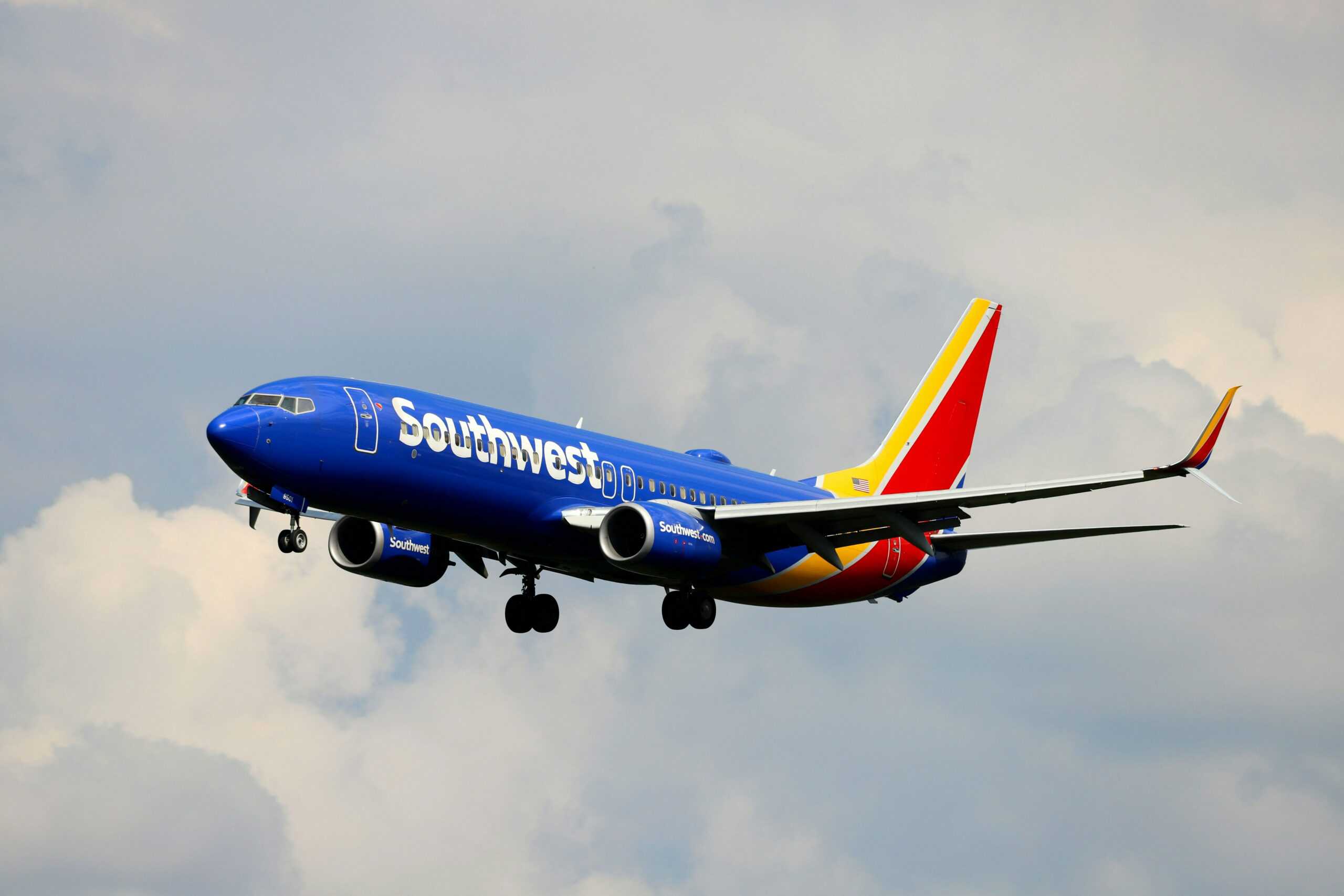
Photo by Forsaken Films on Unsplash
Will Assigned Seating Hurt Southwest Airlines?
Southwest Airlines has announced that it will move from its traditional open seating model to assigned seating with additional premium options starting soon.
This shift, reflecting evolving customer preferences for seat assignments on longer flights, marks a significant change after over 50 years of open seating. Southwest’s president and CEO, Bob Jordan, highlighted that this update aligns with customer expectations and the airline’s modernization efforts, including fleet upgrades and improved in-flight amenities like USB charging and better Wi-Fi.
The new seating arrangement will feature about one-third of seats with extended legroom, similar to industry standards. Additionally, Southwest will introduce overnight redeye flights starting on Feb. 14, 2025, with routes connecting Las Vegas, Los Angeles, Phoenix, and Baltimore. This expansion into 24-hour operations aims to attract more customers and improve overall service.
Analysts have noted that while this updated seating model is a major change for Southwest, rivals have already adopted similar strategies.
According to an article by Live and Let’s Fly, “With each of these changes Southwest became just like every other carrier.” It explained that implementing seating assignments and soon charging for those seats represents a major shift in the airline’s model and makes it almost indistinguishable from its competitors.
The article also discussed how Southwest Airlines has evolved into a major U.S. carrier with higher prices and expanded routes. The company was originally focused on offering relatively cheap, short-haul flights and unique perks, but now the airline competes with both legacy carriers and ultra-low-cost airlines. As it grows and evolves, Southwest faces challenges in maintaining its distinctive low-cost model. As a result, it is adopting legacy carrier strategies, including higher ancillary fees and more conventional airport hubs. This shift to a more traditional business model forces Southwest to continually innovate in order to stay competitive.
CNN reiterated the fact that “the open-seat boarding process has been central to what Southwest calls its ‘egalitarian operating philosophy,’ along with no bag fees or first-class cabins.” In 2007, former Southwest CEO Gary Kelly said, “Open seating became a very strong brand component with our customers, and something that we wanted to continue to offer them — that freedom of choice.”
Southwest Airlines introduced the distinctive open seating policy in the 1970s, allowing passengers to choose any available seat, unlike other airlines that assigned seats and offered multiple upgradeable cabin classes. This egalitarian approach, driven by founder Herb Kelleher, emphasized low fares and boarding efficiency. Even though Southwest began experimenting with assigned seating in 2006, the airline surveyed customers on 200 flights out of San Diego and then another 200 in San Antonio, and the majority preferred open seating. While the airline later introduced boarding groups to streamline the process, it was the only major U.S. carrier offering open seating.
Last month, Southwest Airlines received a $2 billion investment from Elliott Investment Management, aimed at addressing the airline’s recent underperformance. Elliott plans to push for significant changes, including potentially new leadership, due to concerns over poor execution and outdated strategies. The airline has struggled since the pandemic, notably facing technology issues in 2022. Besides this new seating strategy, Southwest also recently made its fares available on Google Flights, enhancing visibility and comparison with other airlines.
Discussion Questions
How might Southwest Airlines’ shift from open to assigned seating affect its brand identity and customer loyalty, given its history of egalitarianism and low fares?
What impact could Southwest’s adoption of legacy carrier strategies have on the competitive dynamics of the airline industry, particularly with the rise of ultra-low-cost carriers?
With Elliott Management’s investment and Southwest’s recent challenges, what strategic changes could the airline make to improve its market position while staying true to its core values?
